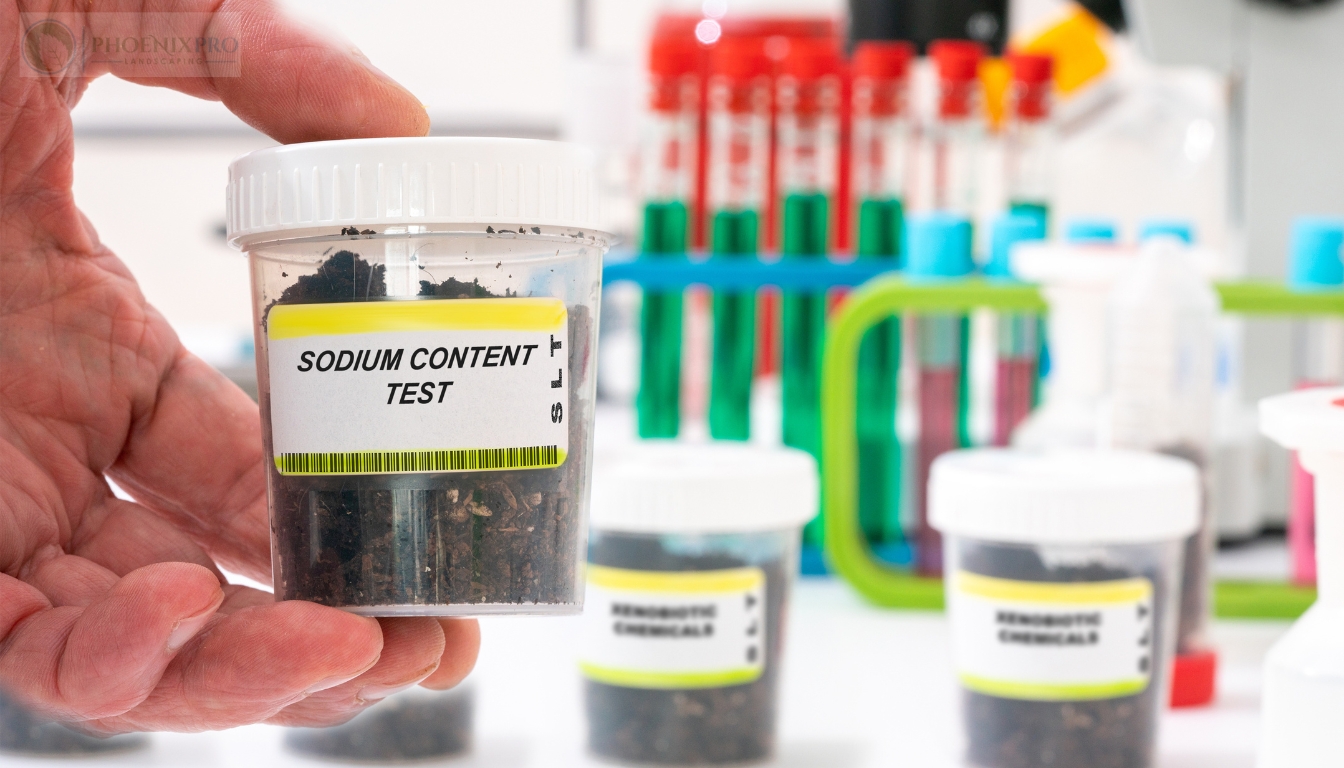Introduction
When it comes to lawn care, one of the most pivotal aspects to consider is fertilization. A healthy lawn doesn’t just look beautiful; it also enhances your property’s value, improves air quality, and contributes positively to the environment. However, with various options available in the market, choosing the right type of fertilizer can be overwhelming. In this comprehensive guide, we’ll delve into understanding the different types of lawn fertilizers available, discussing their benefits, application methods, and how they can contribute to effective lawn care service and landscaping.
Understanding the Different Types of Lawn Fertilizers Available
Fertilizers are essential for optimal lawn health as they supply vital nutrients that grass requires for growth—primarily nitrogen (N), phosphorus (P), and potassium (K). But not all fertilizers are created equal! There are numerous formulations tailored to different soil conditions, grass types, and seasonal requirements. Let’s break down these fertilizers into distinct categories based on their properties and applications.
1. Chemical vs. Organic Fertilizers: What's the Difference?
When considering lawn fertilization, one prominent classification is between chemical and organic fertilizers.
1.1 Chemical Fertilizers
Chemical fertilizers are synthetically manufactured products that deliver nutrients quickly to plants. They often contain a high concentration of N-P-K ratios.
- Pros: Fast-acting results. Precise nutrient control. Cons: Potentially harmful to beneficial microorganisms in the soil. Risk of nutrient runoff causing environmental issues.
1.2 Organic Fertilizers
Organic fertilizers come from natural sources like plant matter or animal waste.
- Pros: Improves soil structure. Supports long-term health of the ecosystem. Cons: Slower nutrient release. May require larger quantities for effectiveness.
2. Types of Chemical Fertilizers
Chemical fertilizers can be further categorized into several types based on their formulation and release mechanisms.
2.1 Granular Fertilizers
Granular fertilizers consist of small granules that release nutrients over time.
- Application: Spread evenly across the lawn using a broadcast spreader. Duration: Typically lasts for several weeks.
2.2 Liquid Fertilizers
Liquid fertilizers are concentrated solutions that provide quick nutrient uptake.
- Application: Can be sprayed directly onto the grass or mixed with water for irrigation systems. Duration: Results can be seen within days but may require frequent application.
2.3 Slow-Release Fertilizers
These fertilizers gradually release nutrients over an extended period.
- Application: Similar to granular types but formulated for longer-lasting effects. Duration: Can last up to three months or more.
3. Types of Organic Fertilizers
Organic options also come in various formulations suitable for different gardening needs.
3.1 Compost
Compost is decomposed organic matter rich in nutrients that enhance soil quality.
- Application: Can be mixed into existing soil or used as a top dressing. Benefits: Improves soil structure and encourages beneficial microbial activity.
3.2 Manure-Based Fertilizers
Animal manure provides essential nutrients while enriching soil organically.
- Application: Should be well-composted before use to prevent burning grass.
3.3 Bone Meal and Blood Meal
Bone meal is an excellent source of phosphorus, while blood meal offers high nitrogen content.
- Usage Tips: Best used in conjunction with other organic materials for balanced nutrition.
4. The Importance of N-P-K Ratios in Lawn Care
Understanding N-P-K ratios is crucial when selecting a fertilizer for your lawn:

| Nutrient | Role in Plant Growth | |----------|----------------------| | Nitrogen | Promotes lush green growth https://jsbin.com/funoxoyico | | Phosphorus | Encourages root development | | Potassium | Strengthens overall plant health |
Choosing a fertilizer with an appropriate N-P-K ratio will help fulfill your lawn's specific needs during different growth stages—whether you need vigorous growth in spring or hardiness through winter!
5. Seasonal Lawn Care Strategies Using Fertilizer
Just like people, lawns have unique needs throughout different seasons! Here’s how you can align your fertilization strategy accordingly:
5.1 Spring Fertilization Techniques
In springtime, grasses tend to grow vigorously after dormancy:
- Use a high-nitrogen fertilizer to promote rapid leaf growth.
5.2 Summer Maintenance Practices
During hot months, lawns require resilience:
- Opt for slow-release fertilizers that support sustained growth without stressing the grass due to heat exposure.
5.3 Fall Preparation & Winterizing
As temperatures drop, focus on helping grass prepare for winter:
- Choose fall-specific fertilizers that provide potassium for root strength and disease resistance during cold months.
FAQs about Lawn Fertilization
FAQ 1: What is lawn fertilization?
Answer: Lawn fertilization involves applying nutrients—typically nitrogen, phosphorus, and potassium—to promote healthy grass growth and resilience against diseases and pests!
FAQ 2: How often should I fertilize my lawn?
Answer: Generally speaking, lawns benefit from fertilization two to four times annually depending on your specific grass type and local climate conditions!
FAQ 3: Can I apply fertilizer after cutting my lawn?
Answer: Yes! Applying fertilizer after mowing allows it to penetrate better into the soil without obstruction from tall grass blades!
FAQ 4: What signs indicate my lawn needs fertilization?
Answer: Look out for yellowing grass blades, sparse growth, or poor recovery from foot traffic—all signs indicating that your lawn could use some nutrient boosts!
FAQ 5: Are there eco-friendly options available?
Answer: Absolutely! Organic fertilizers derived from plant matter or animal waste enrich soils sustainably while minimizing environmental impact!
FAQ 6: Is it necessary to test my soil before fertilizing?
Answer: Yes! Soil tests provide valuable information about pH levels and nutrient deficiencies—a key step towards optimal lawn care!
Conclusion
In understanding the different types of lawn fertilizers available today—from chemical formulations offering rapid results to organic alternatives promoting sustainable practices—you are empowered with knowledge essential for maintaining vibrant greenery around your home. Proper fertilization not only enhances aesthetic appeal but also contributes significantly towards improved ecological balance within our communities as we embrace effective practices in landscaping! So whether you're aiming for lush emerald carpets underfoot or simply hoping to boost curb appeal before selling your home—make sure you're armed with this information about effective lawn care techniques moving forward!
Take charge today; invest time into researching what works best not just for you but ultimately—what caters best for Mother Nature herself! Happy gardening!